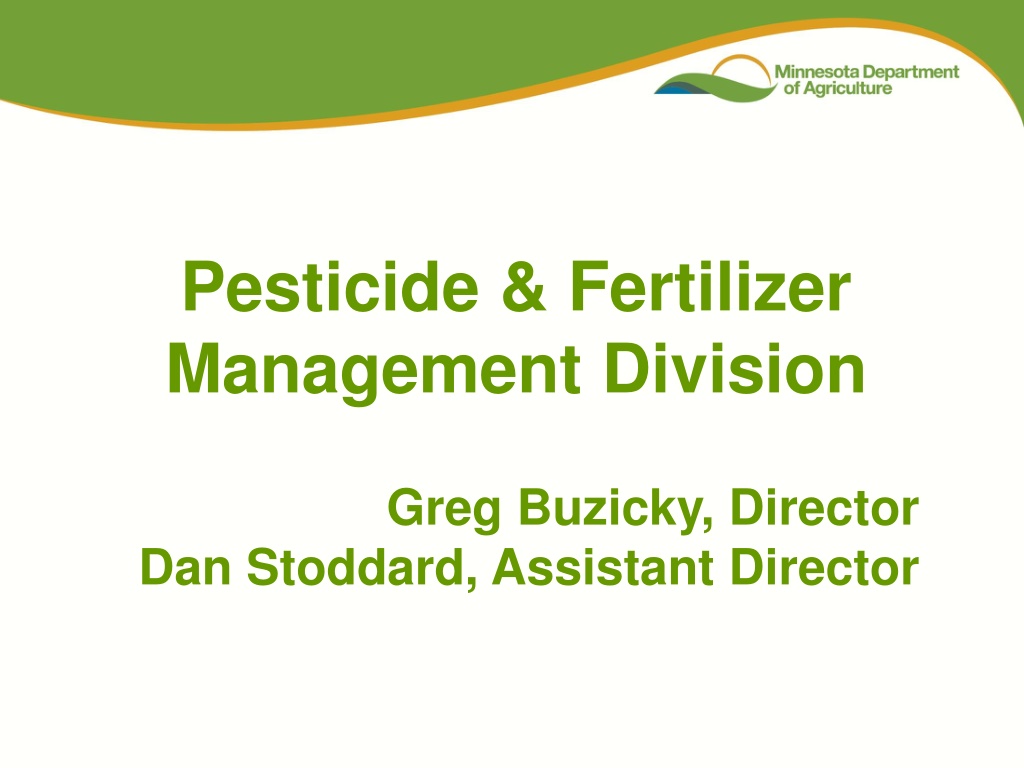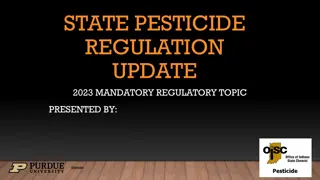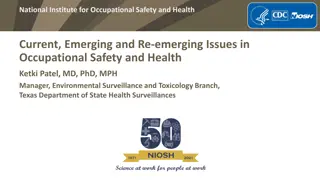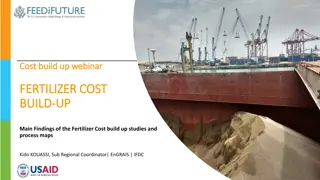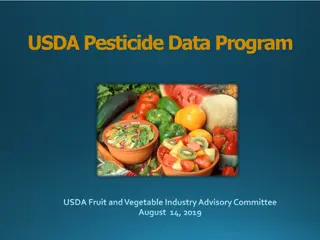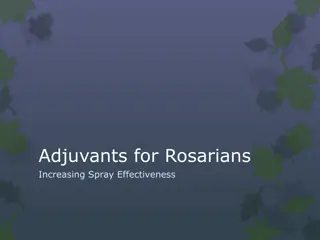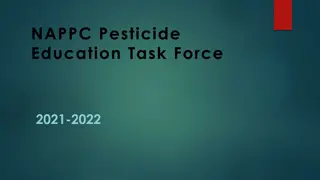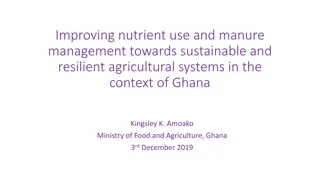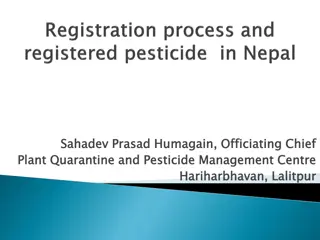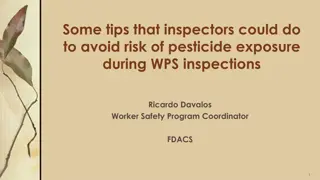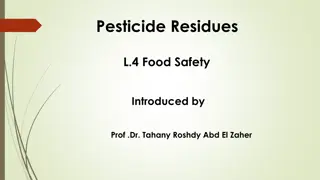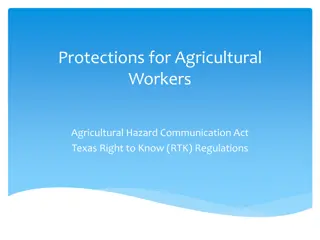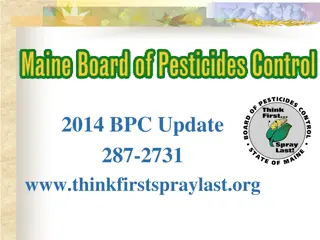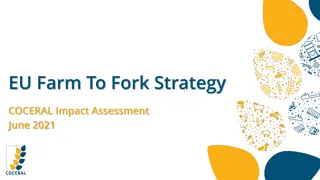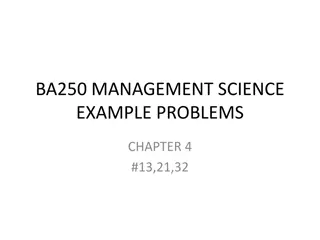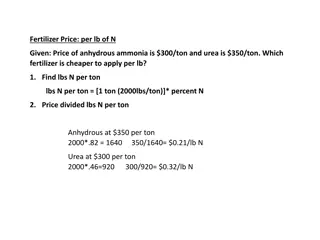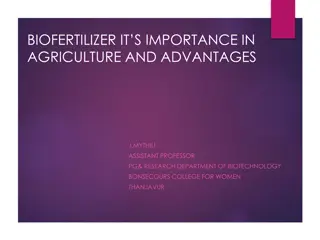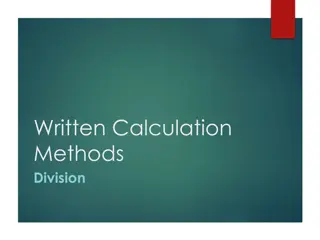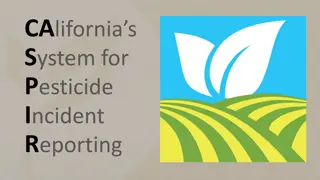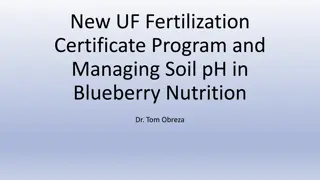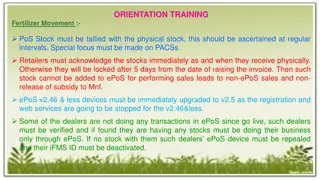Pesticide & Fertilizer Management Division Overview
The Pesticide & Fertilizer Management Division is a key state agency in Minnesota responsible for regulating pesticides and fertilizers, protecting groundwater, responding to emergencies, managing spills, and promoting agricultural water quality. The division works with farmers, industry stakeholders, and experts to ensure compliance with regulations and promote sustainable practices. With a staff of 117, including agronomists and scientists, the division carries out various regulatory and incident response activities to safeguard the environment and public health from pesticide and fertilizer impacts.
- Pesticide regulation
- Fertilizer regulation
- Groundwater protection
- Agricultural water quality
- Environmental monitoring
Download Presentation

Please find below an Image/Link to download the presentation.
The content on the website is provided AS IS for your information and personal use only. It may not be sold, licensed, or shared on other websites without obtaining consent from the author. Download presentation by click this link. If you encounter any issues during the download, it is possible that the publisher has removed the file from their server.
E N D
Presentation Transcript
Pesticide & Fertilizer Management Division Greg Buzicky, Director Dan Stoddard, Assistant Director
What We Do Pesticide & Fertilizer Management Division We are the lead state agency for: Pesticide regulation Fertilizer regulation Protection of groundwater from ag chemicals Emergency response Spills and clean-up Waste pesticide collection Minnesota Agricultural Water Quality Certification (MAWQCP) Program
How We Do This MDA Pesticide & Fertilizer Management Division We work with farmers, regulated industry and interested parties on the front end, as much as possible We employ agronomists, soil scientists, and hydrologists Several PFMD staff are PhDs Many have masters degrees (science or ag)
Who We Are Pesticide & Fertilizer Management Division Employ 117 staff Nearly 40% in greater Minnesota Many have farming backgrounds; some still farm PFMD budget is about $25 million/year Largely from fees and Clean Water Fund
Regulatory Activities Pesticide & Fertilizer Management Division Pesticide/fertilizer product registration Applicator licensing Complaint response Facility inspection Emergency response Anhydrous ammonia regulation
Incident Response Activities Pesticide & Fertilizer Management Division Emergency site cleanup Long-term site cleanup Voluntary cleanup Agricultural Chemical Response Reimbursement Account (ACCRA) Superfund
Non-Point Source Programs Pesticide & Fertilizer Management Division MDA is responsible for addressing: Non-point source impacts to groundwater from nitrate from fertilizer Non-point source impacts to surface water and groundwater from pesticides Other health or environmental risks from pesticides Water quality monitoring for pesticides and nitrate
Non-Point Source Programs Pesticide & Fertilizer Management Division In our approach we seek to: Make decisions based on best available science Protect water resources AND support a strong agricultural economy Involve the agricultural community and other stakeholders in developing practical solutions Build relationships and coordinate with other programs and plans
Non-Point Source Programs MDA Pesticide & Fertilizer Management Division Fertilizer non-point activities: Nitrogen Fertilizer Management Plan for nitrate in groundwater Fertilizer best management practices (BMPs) Technical assistance for impaired waters Funding priority research Certification of Soil and Manure Testing Labs
Non-Point Source Programs MDA Pesticide & Fertilizer Management Division Pesticide non-point activities Pesticide Management Plan for water resource protection Pesticide Best Management Practices Product registration Pollinators
Non-Point Source Programs Pesticide & Fertilizer Management Division Water monitoring activities: Long-term pesticide monitoring (25 years) Edge-of-field and tile line monitoring Monitoring for Discovery Farms Minnesota Monitoring private wells for nitrate Coordinate with other monitoring programs Annual monitoring reports
